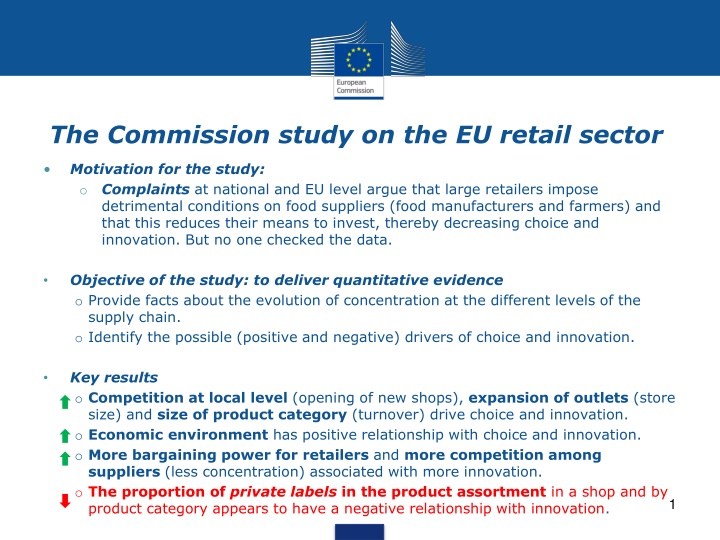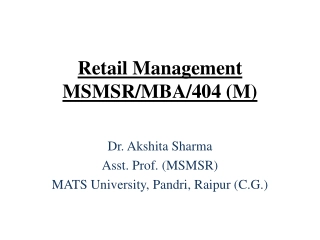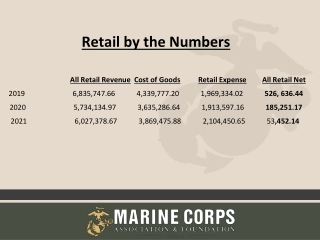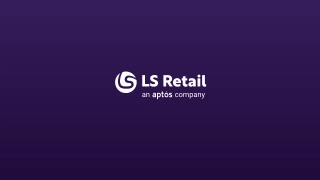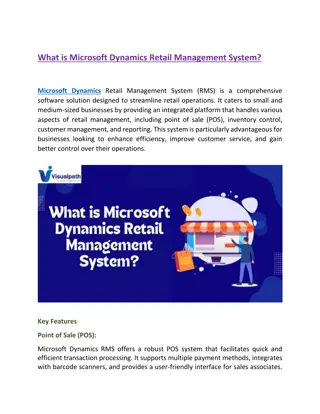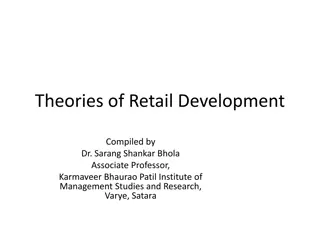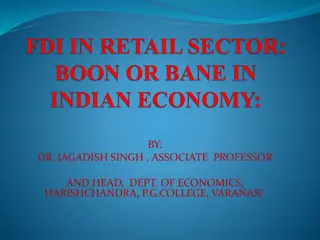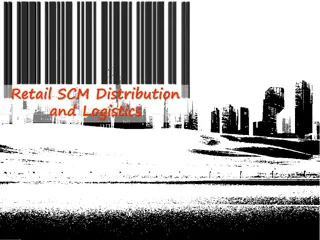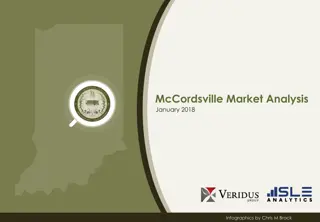Study on EU Retail Sector: Drivers of Choice and Innovation
The study examines complaints of large retailers imposing detrimental conditions on food suppliers, affecting investment, choice, and innovation. Findings suggest that competition, economic environment, and bargaining power influence innovation, while private label penetration shows a negative correlation. Various theories explain why private label penetration is associated with less innovation. Industry stakeholders present arguments for and against the impact of private labels on innovation.
Download Presentation

Please find below an Image/Link to download the presentation.
The content on the website is provided AS IS for your information and personal use only. It may not be sold, licensed, or shared on other websites without obtaining consent from the author.If you encounter any issues during the download, it is possible that the publisher has removed the file from their server.
You are allowed to download the files provided on this website for personal or commercial use, subject to the condition that they are used lawfully. All files are the property of their respective owners.
The content on the website is provided AS IS for your information and personal use only. It may not be sold, licensed, or shared on other websites without obtaining consent from the author.
E N D
Presentation Transcript
The Commission study on the EU retail sector Motivation for the study: o Complaints at national and EU level argue that large retailers impose detrimental conditions on food suppliers (food manufacturers and farmers) and that this reduces their means to invest, thereby decreasing choice and innovation. But no one checked the data. Objective of the study: to deliver quantitative evidence o Provide facts about the evolution of concentration at the different levels of the supply chain. o Identify the possible (positive and negative) drivers of choice and innovation. Key results o Competition at local level (opening of new shops), expansion of outlets (store size) and size of product category (turnover) drive choice and innovation. o Economic environment has positive relationship with choice and innovation. o More bargaining power for retailers and more competition among suppliers (less concentration) associated with more innovation. o The proportion of private labels in the product assortment in a shop and by product category appears to have a negative relationship with innovation. 1
Why is PL penetration associated with less innovation? Some potential explanations Assortment effect theory: PL products may be less innovative than brands by nature, and replacing brands with PLs on the shop shelf therefore leads to a less innovative range of products; Consumer choice theory: the study results may be driven by consumer choices and retailers may be simply giving consumers what they demand. Alternatively, consumers may not easily switch between shops, giving retailers little incentive to maintain an innovative product offer; Crowding-out effect theory: increased PL penetration may reduce brands' incentives to innovate, e.g. because they cannot get the scale required to make innovation profitable, or because retailers use PLs to engage in practices such as marketing me-too products that reduce brand incentives to introduce innovation. Missing piece theory: the PL variable used in the study may capture the effect of an unexplained variable not included in dataset, such as variation in stocking policy at store-level that is not measured by retailer format. What's your view? 2
Arguments put forward by industry stakeholders Theory Arguments for Arguments against Assortment effect Low-tier (low price) PLs compete with discounters and are less likely to be innovative. [C.F. Missing piece theory] PLs are innovative - retailers are best-placed to identify consumer needs (e.g. stevia, bio, local). PLs are a quicker and cheaper means of bringing innovation to market. Brands less innovative in numbers (advertising investments) Consumer choice (i) Consumers don't value innovation Retailers seek to meet consumer needs and consumers do not always want innovation. Price is the first parameter of competition hence recent price wars. Studies (e.g. by Nielsen) show that a large proportion of consumers value innovation and innovating is the key to differentiation. Consumers switch between stores in search of best price/quality/innovation. The Study itself showed that new shops in a local area spur competition/innovation. (ii) Limited switching Crowding-out effect Suppliers complain that retailer practices such as discriminatory shelf-placement and look-alike PLs stifle innovation. Brands are innovating less for other reasons (range rationalisation). PLs complement brands on the shop shelf and do not challenge their position. Retailers use PLs to promote their own brand image so copycat practices would undermine that. Missing piece There may be better investment opportunities than launching innovations in the EU market. Economic climate [N.B. this is measured in the study] and local area differences could explain innovation. Evidence? - 3 There are likely to be higher proportions of lower-tier PLs on shop shelves in areas with strong discounter presence.
Further analysis suggests that a larger number of innovations are launched under MBs than PLs In most MS, the proportion of innovations launched under PLs is around 20- 35% and has increased over the past few years. This supports the argument that PLs can be innovative. However more innovations are launched under manufacturer brands. Caveat: The measure of innovation does not distinguish "first to market" innovations. 4
The number of innovations launched under PLs differs widely by product category At product category level there is a lot of variation. Innovations launched as private labels by country (2006-2012) Baby food (ambient) Chocolate and Candies Tea For some categories a substantial amount of innovations are launched under PLs (e.g. more than 40% for frozen vegetables and starters/pizzas). Chicory Coffee and Instant Coffee Mineral water Yoghurt Soft-drinks Dessert Cheese Butter/margarine Coffee Milk Biscuits Ready-cooked meals Edible oil For others (e.g. baby food), very few innovations are launched under PLs. Savoury snacks Cereals Ice cream Fresh pre-packaged bread Ham/delicatessen Fruit juices (ambient) Canned vegetables Starters/pizzas Caveat: The measure of innovation does not distinguish "first to market" innovations. Frozen vegetables 0 20 40 60 80 Percent (min, median and max) Source: Nielsen Opus innovations 5
PL innovations appear to be more often new products compared to MB innovations Contribution to number of innovations launched under private labels (2006-2012) Contribution to number of innovations launched under manufacturer brands (2006-2012) 100 100 80 80 Percent Percent 60 60 40 40 20 20 0 0 Spain (52) Italy (104) Denmark (10) Belgium (6) Hungary (23) Poland (24) Spain (52) France (176) Italy (104) Czech Rep (2) Denmark (10) Poland (24) Belgium (6) Hungary (23) Portugal (24) France (176) Czech Rep (2) Portugal (24) New Product Range Extension New Packaging New Product Range Extension New Packaging New Formulation Relaunch New Formulation Relaunch Source: Mintel innovations only (Number of shops in sample indicated in brackets) Source: Mintel innovations only (Number of shops in sample indicated in brackets) For those innovations that could be matched to the Mintel categories of innovation, both PL and brand innovations mainly consisted of new product innovations or range extensions. There were a few packaging innovations in France, Italy and Spain in particular. 6 Caveat: Not all Opus innovations were matched to the Mintel categories, different sample sizes per MS.
Penetration of PLs on shop shelf differs by country this may affect number of PL innovations For a fair comparison of how innovative PLs and MBs are, we should consider the proportion of each on the shop shelf. Average share of private labels per shop 45 40 35 30 Percent (%) In some MS, PLs are only a very small proportion of products on offer (~15% in PO, HU and IT), so cannot be expected to contribute much to innovation overall. 25 20 15 10 5 In other MS, they are much more prevalent (>30% in BE, ES, PT and FR). 0 Belgium Spain Portugal France Poland Hungary Italy 2008 2010 2012 7
After accounting for shelf space, PLs appear to be equally or more innovative than MBs After adjusting to account for the proportion of products on the shop shelf, it appears that private labels can be as innovative as (or more innovative than) brands. Comparison of innovativeness of brands and private labels (2006-2012) 100 Percentage of retail groups 80 60 40 20 0 Spain (52) Italy (104) Denmark (10) Poland (24) Belgium (6) Hungary (23) France (176) Czech Rep (2) Portugal (24) Caveat: The measure of innovation does not distinguish "first to market" innovations. Private labels more innovative Private labels equally innovative Private labels less innovative Source: Nielsen Opus innovations (Number of shops in sample indicated in brackets) 8
